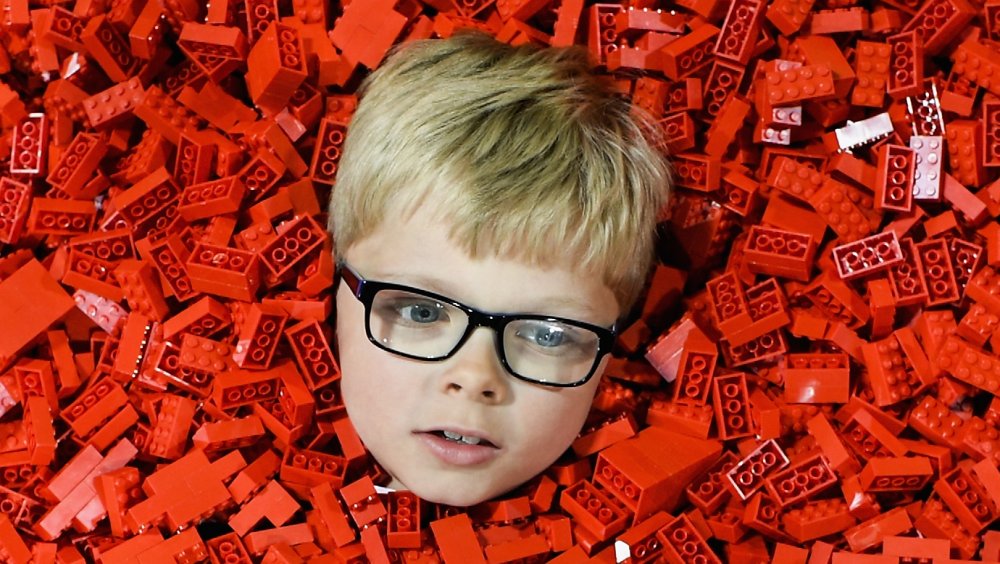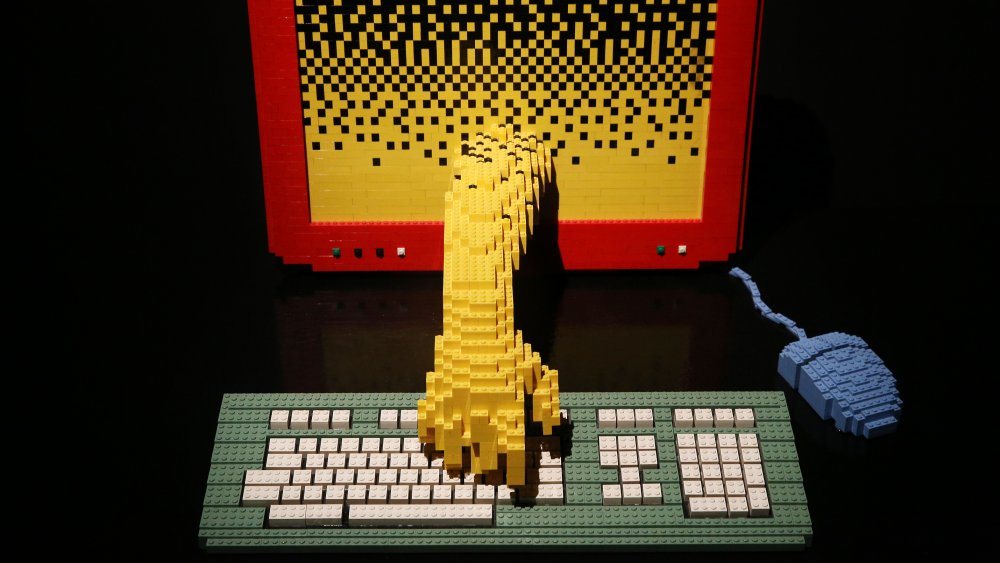Frozen LEGOs May Change Quantum Computing
A frozen LEGO block sounds like a handy way to both hurt your foot and get frostbite on your way to the bathroom at night. However, if you ask science, it's quite a bit more than that — in fact, a stack of cold enough LEGOs might be enough to take computers into a wild, unknown future. As Science Daily and Popular Mechanics tell us, researchers have been tinkering with things like superconductors and quantum computers for quite a while now, but they have a significant issue: Overheating. Since future people are unlikely to play The Witcher 8: Don't Touch Roach with a computer that's entirely surrounded by industrial fans, this means we need new, reliable and cost-efficient cooling methods.
On December 23, 2019, researchers at the Lancaster University revealed that they might have hit the jackpot on their quest for cool. First, a "world-leading team of ultra-low temperature physicists" designed and built the most effective fridge in the world. Then, they ... uh, stuck a LEGO figure and a few LEGO bricks in there and cooled them to near absolute zero. Wait, what? And, more importantly, why?
LEGO blocks are an excellent thermal insulator for quantum computers
As anyone who has stepped on one can attest, LEGO bricks are sturdy as anything. Because of their hollow, "clamping arrangement" structure they're also lightweight, and you don't need as much materials for their construction as you would if you'd make a solid block. The ABS plastic they're made of is also fairly cheap. All of these properties conspire to make them a magnificent thermal insulator, and by successfully freezing LEGOs to the neighborhood of absolute zero (which, incidentally, is "200,000 times colder than room temperature and 2,000 times colder than deep space"), the researchers verified that LEGOs can withstand downright cryogenic temperatures. Boom! Affordable, reliable construction material for the cooling parts of complex scientific equipment, such as dilution refrigerators, which are essential for many modern fields of science ... including quantum computing.
Of course, the researchers aren't about to start building highly sensitive equipment out of actual LEGOs — for one, the licensing fees would probably walk all over their tenet of affordability. So, their next goal is to 3D print their own designs for thermal insulation building blocks. One can only hope that the team remembers to make the design different enough so LEGO won't provide them with the alternate cooling method of suing the pants off them.

